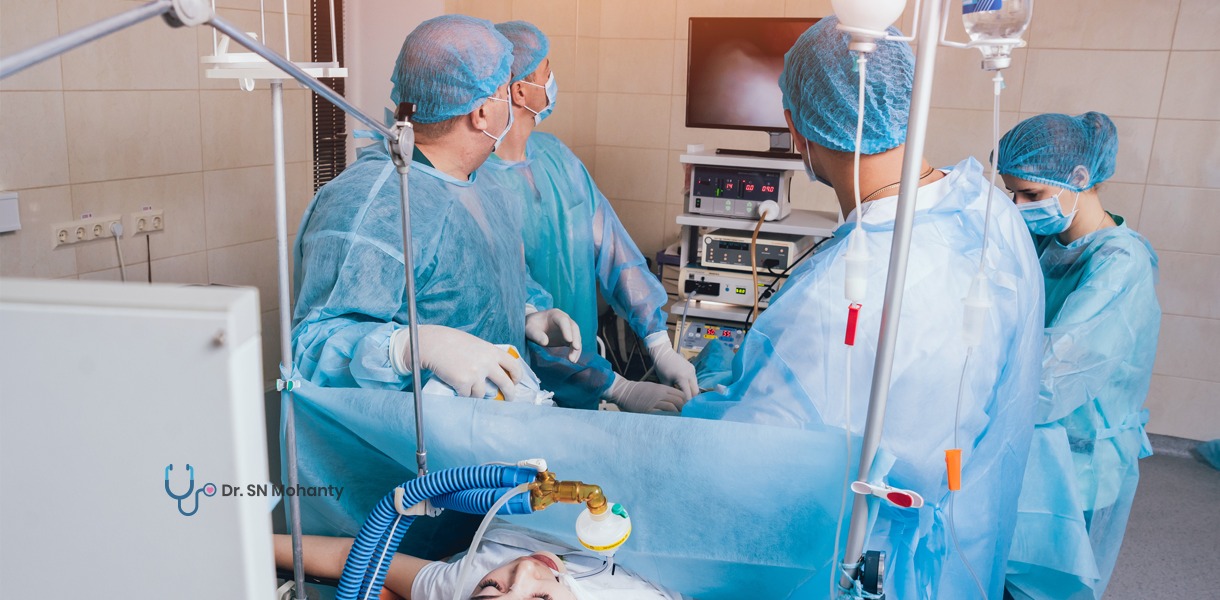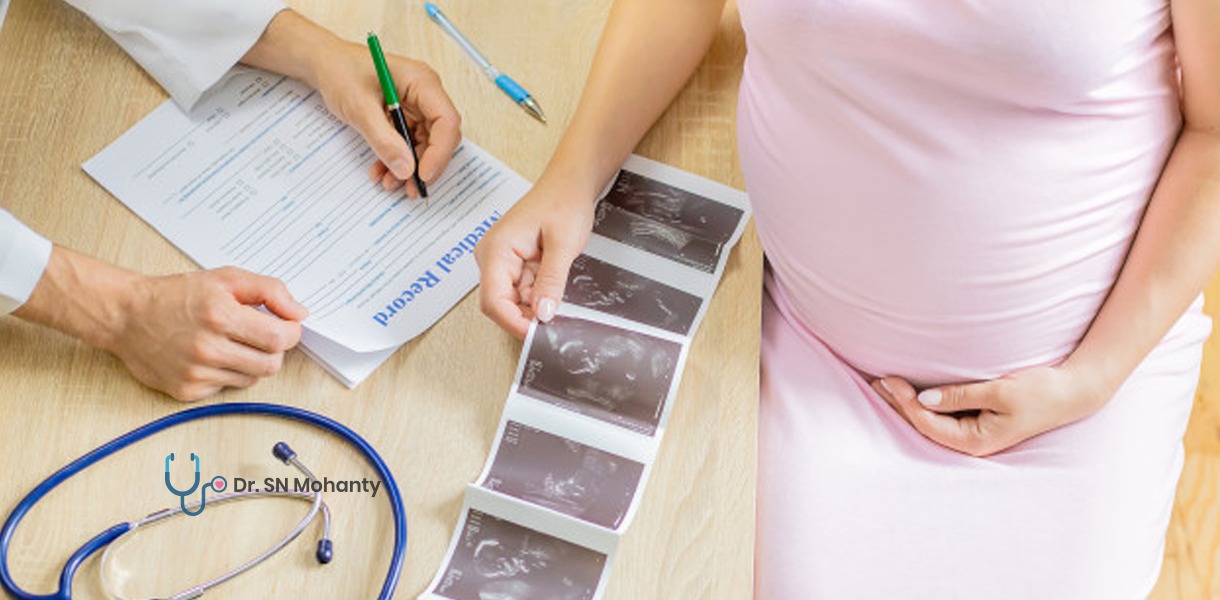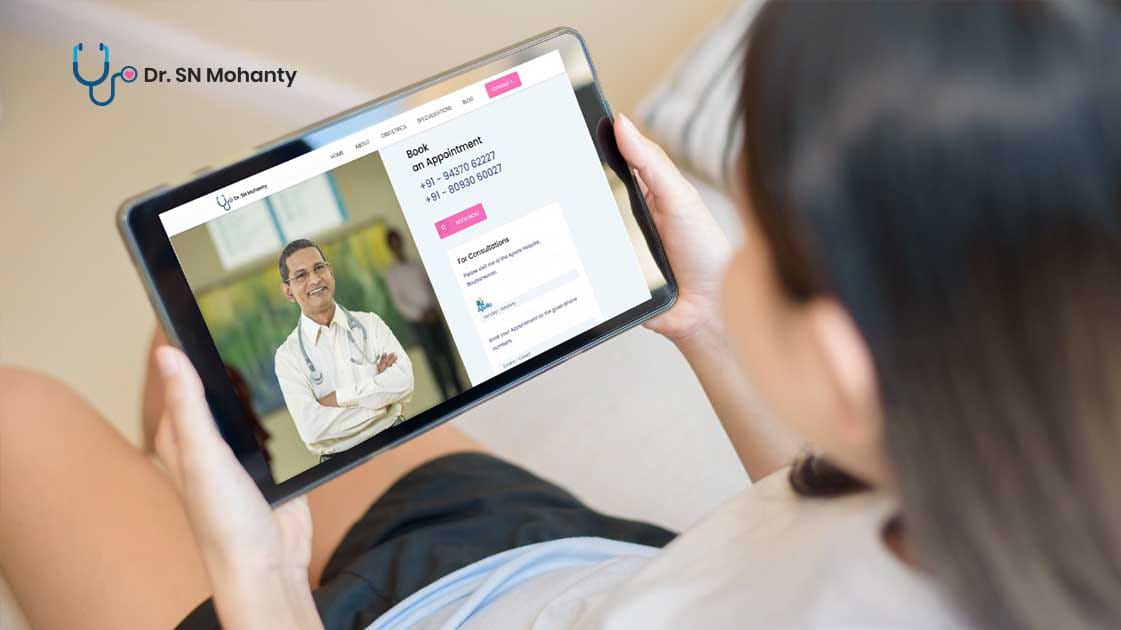
A laparoscope is a thin, lighted telescope that permits the gynecologist to see inside your body. Laparoscopy can decide if you have conditions, for example, endometriosis or fibroids. It can likewise be a type of treatment. With scaled-down instruments, the gynecologist can conduct out a variety of medical procedures.
Gynecologic laparoscopy is a substitute to open medical procedures. It utilizes a laparoscope to examine inside your pelvic zone. Open medical procedure regularly requires a huge incision.
A laparoscope resembles a hysteroscope, yet it is embedded into the pelvic and abdominal region to analyze and treat gynecologic problems. Rather than utilizing fluid for expanding the cavity, carbon dioxide gas is introduced to give the visualization of the inner organs. A camera is attached to guide the specialist and to record the observations with photographs.
All gynecological problems cannot be treated with laparoscopy. Extremely enormous tumors or masses may require open medical procedures. Extensive endometriosis can likewise be hard to treat laparoscopically due to related attachments (scar tissue), which can include the neighboring gut, bladder, ureters, and so on.
Laparoscopy by and large has a shorter healing time than an open medical procedure. It likewise leaves little scars. The quicker recovery time, the limiting of pain, hospitalization, and the better outcome are some of the reasons which made laparoscopy extremely popular among patients and specialists.
Additionally some specialized boundaries, for example, the amplification offered by the endoscope during the system and the little danger of inconveniences came about to the wide utilization of laparoscopic medical procedure in gynecology.
Laparoscopy has extensive use because of being the best quality level strategy for a wide range of gynecologic surgeries. These include:
• tubal ligation
• removal of ovarian cyst
• hemorrhagic rupture of a cyst
• investigation of ongoing pelvic agony
• treatment of endometriosis
• treatment of pelvic organ prolapses
• treatment of gynecologic cancers
As with any surgery, there is a little danger of problems with laparoscopy. It is imperative to look for a gynecologist, who has extensive experience in advanced laparoscopy to appropriately assess you for this kind of procedure.
Reasons for gynecologic laparoscopy:
Laparoscopy can be utilized for diagnosis, treatment, or both. A diagnosis may lead to treatment if any problems are found.
Dr. SN Mohanty is the most experienced and Senior Obstetrician & Gynecological surgeon in Bhubaneswar practicing the most advanced treatment of laparoscopic myomectomy. Over the last 28+ years, he has handled major complicated cases of uterine fibroids and is committed to delivering the highest quality of obstetric and gynecological patient care. Gynecological laparoscopy is his exclusive area of interest and he has specialized in minimally invasive surgical techniques.
He is the only Gynecological surgeon performing Laparoscopic Cancer surgery in Odisha.
A few reasons behind diagnostic laparoscopy are:
• unexplained pelvic pain
• infertility
• any history of pelvic infection
Conditions that may be diagnosed utilizing laparoscopy include:
• endometriosis
• uterine fibroids
• ovarian cysts or tumors
• ectopic pregnancy
• pelvic sore, or discharge
• pelvic inflammatory disease
• reproductive cancers
A few kinds of laparoscopic treatment include:
• hysterectomy, or removal of the uterus
• removal of the ovaries
• removal of ovarian cysts
• removal of fibroids
• blocking bloodstream to fibroids
• endometrial tissue removal, treatment for endometriosis
• tubal ligation
• vault suspension to treat a prolapsed uterus
Procedure
Laparoscopy is quite often performed under general anesthesia. This implies you'll be unconscious during the procedure. You may in any case have the option to return home the very day.
When you're asleep, a little tube called a catheter will be inserted to collect your urine. A little needle will be utilized to fill your mid-region with carbon dioxide gas. The gas gets the abdominal wall far from your organs, which diminishes the danger of injury.
The gynecologist performing will make a little cut in your navel and insert the laparoscope, which sends pictures to a screen. This gives the gynecologist a clear view of your organs.
What occurs next relies upon the kind of procedure. For diagnosis, the gynecologist may investigate and afterward be finished. On the off chance that you need a medical procedure, different entry points will be made. Instruments will be inserted through these openings. At that point, medical procedure is performed utilizing the laparoscope as a guide.
When the technique is finished, all instruments are taken out. Entry points are closed with stitches, and afterward, you're bandaged and then for recovery.
Recovery after Laparoscopic Surgery
When the surgery is finished, medical attendants will screen your vital signs. You'll remain in recovery until the anesthesia wears off. You won't be released until you can urinate on your own. Facing problems while urinating is a potential symptom of catheter use.
Recovery time fluctuates. It relies upon what procedure was performed. You might be allowed to return home a couple of hours after the medical procedure. You may likewise need to remain in the clinic for at least one to two nights.
After the medical procedure, your belly button may be delicate. There might be wounds on your stomach. The gas inside you can make your chest, center, and shoulders hurt. There's likewise an opportunity that you'll feel nauseated for the remainder of the day.
Before you return home, your doctor will give you guidelines on the best way to manage the side effects of the procedure. The doctor may prescribe painkillers and antibiotics to prevent any infection.
Depending upon the medical procedure, you might be advised to rest for a couple of days or weeks. It might take a month or more to get back to your normal routine.
Serious complexities of laparoscopy are uncommon.
Be that as it may, you should call your primary care physician if you have:
• serious pain in abdominal
• nausea or vomiting
• fever of 101°F or higher
• discharge, pus, or bleeding at your entry point site
• pain during urination or bowel movement
The after-effects of this methodology are normally acceptable. This innovation permits the surgeon to effectively observe and analyze numerous issues. Also earlier stated, recovery time is shorter contrasted with an open medical procedure.
Laparoscopic gynecologic surgery has acquired a significant place in today’s gynecologic practice. As a method it gives numerous advantages to the patient as a minimally invasive procedure, can be used as a diagnostic procedure, or as a surgical procedure for any gynecological issues.
Dr. SN Mohanty is the specialized Senior Obstetrician & Gynecological surgeon. With more than 28+ years of experience, Dr, Mohanty performs the most advanced treatment of laparoscopic myomectomy. He can be contacted +91 - 94370 62227 or 80930 60027 for any queries/ concerns.










